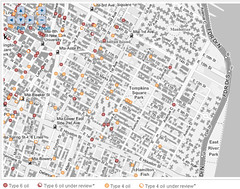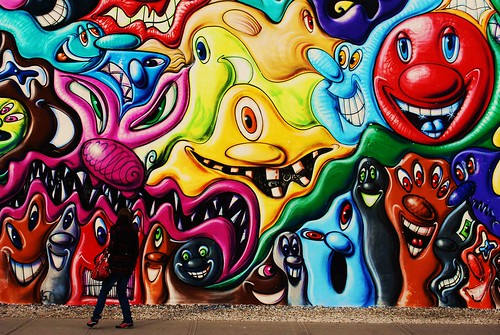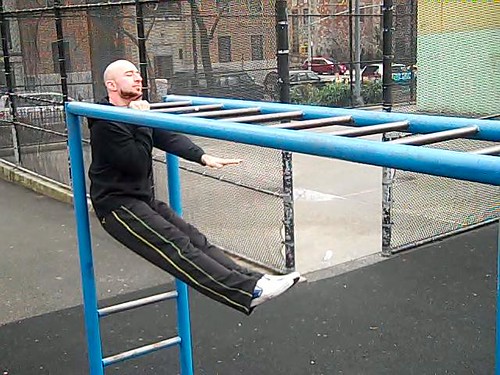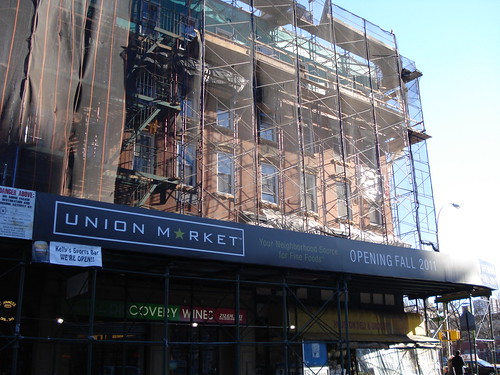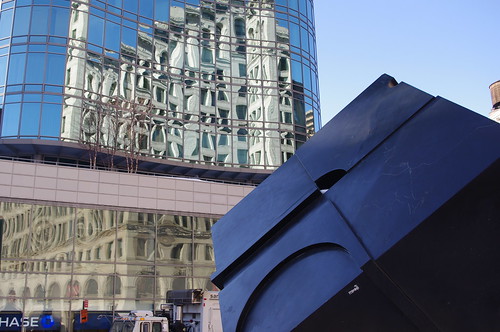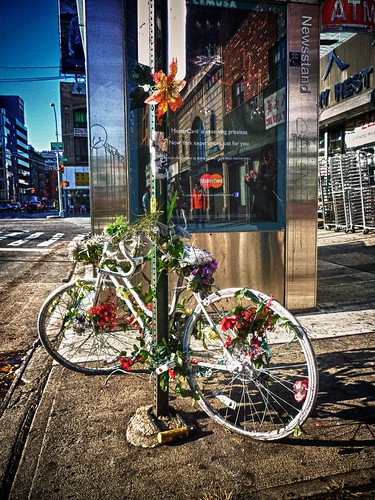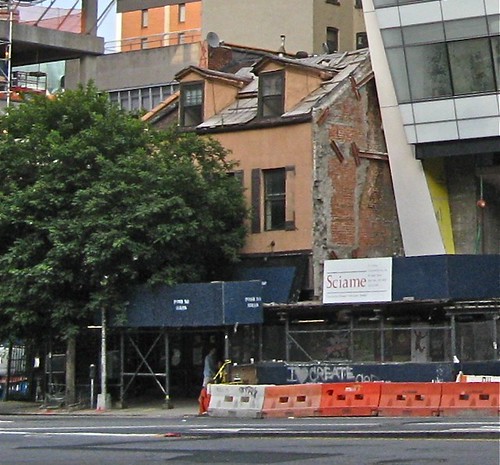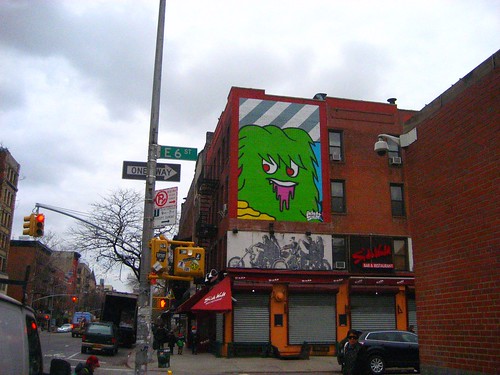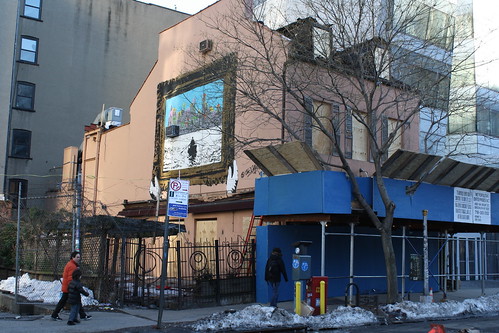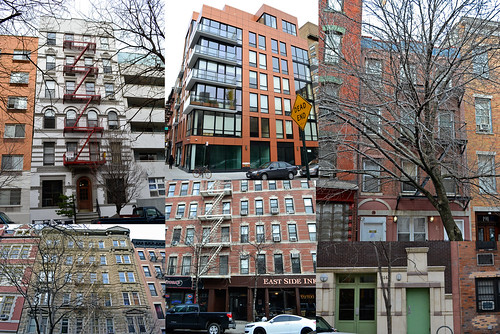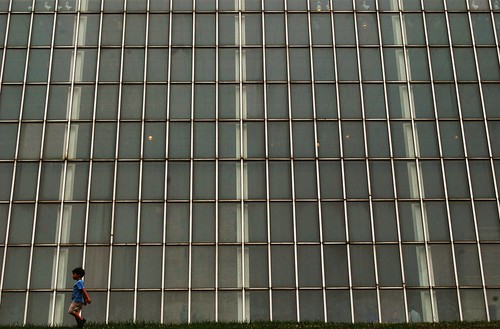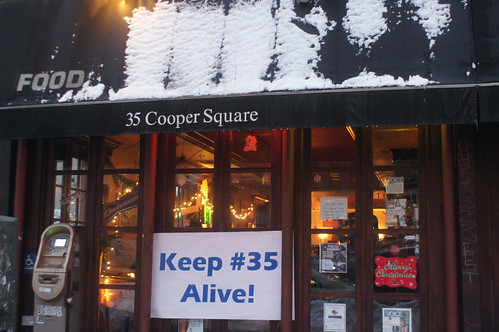Earlier this week, as part of our recurring “Street Scenes” series of neighborhood photographs, we brought you Shawn Hoke’s images of a green Cadillac – rusted, pock-marked and yet still jealously clinging to its former grandeur – parked on a rainswept sidestreet.
Today, a reader, Bill Poznanski, stepped forward to say that he is the owner of the car in question and described the vehicle’s fascinating history.
“My (distressed) pistachio green 1978 Cadillac Sedan Deville has been driven 400,000 miles (by my estimate as the odometer stopped working about 200,000 miles ago)… which is almost to the moon and back…Kind of appropriate since parts of this neighborhood still looked like a lunar landscape when I bought the car nearly 20 years ago.
It’s been stolen and recovered three times. Maximum capacity: I once gave 12 drag queens from Lucky Cheng’s a lift uptown. Now some nights there are as many rats keeping warm next to the engine. Most curious observation: One year
a mystery woman took one photo of my ‘disco- mobile’ for 365 days. (Was this an art project for some swank gallery?)Cab drivers fear it. An older woman on my street loathes it. Young professional newcomers to the neighborhood seem mystified by it.”
In a follow-up e-mail with The Local, Mr. Poznanski, the artistic director of The Imprint – a 30-year-old arts colllective based in the neighborhood, said that although he still drives the car, it is in extreme disrepair.
“it needs brakes and an exhaust system,” he wrote. “If there’s any Cadillac enthusiast that would like to donate to the ‘Save the disco-mobile fund’ that would be great. Otherwise, I might have to junk it soon.”




